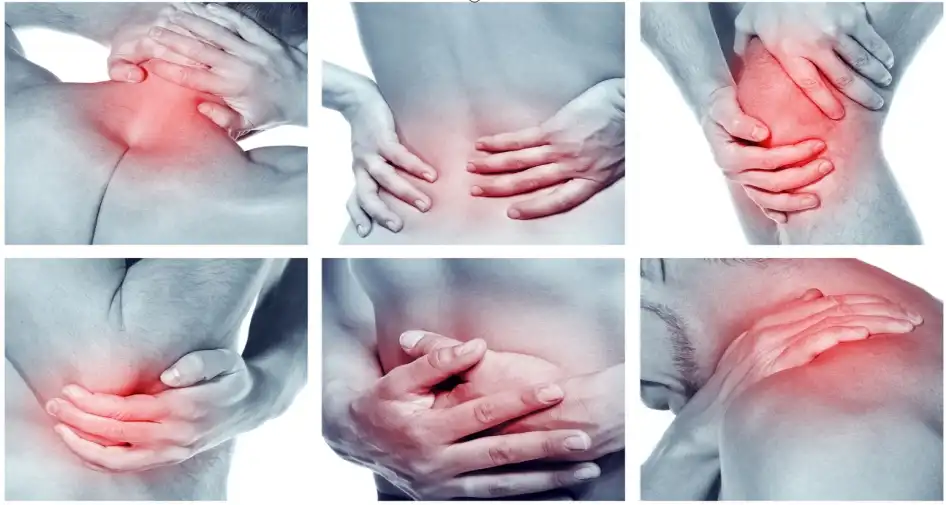In the ever-expanding realm of medical treatments, shockwave therapy has emerged as a significant option for various conditions. When it comes to a rather sensitive area, the use of a Penile Shockwave Therapy Device has garnered particular attention. Many patients considering this treatment naturally wonder: just how painful is it? Let's delve into the details to demystify the experience.

Understanding the Penile Shockwave Therapy Device
The Penile Shockwave Therapy Device is a specialized piece of equipment designed to address certain male health concerns, most notably erectile dysfunction. It operates on the principle of delivering focused shock waves to the penile tissues. These shock waves are carefully calibrated to stimulate blood flow, encourage the growth of new blood vessels, and potentially rejuvenate erectile function. The device is engineered to be as precise as possible, targeting the areas that need the most attention without causing unnecessary harm to surrounding tissues.
The Sensation During Treatment
When undergoing treatment with a Penile Shockwave Therapy Device, patients typically describe a range of sensations. It's important to note that the pain level can vary from person to person, depending on factors such as individual pain tolerance, the severity of the underlying condition, and the specific settings used on the device.
Most patients report feeling a series of mild to moderate pulsations. It's akin to a rhythmic tapping or a gentle vibration directly on the penile area. For some, it may feel no more uncomfortable than a firm handshake, while others might find it a bit more intense. The sensation is often compared to the feeling of having a rubber band lightly snapped against the skin, but in a controlled and repetitive manner. During the initial moments of the treatment, there can be a bit of apprehension, which might heighten the perception of discomfort. However, as the session progresses and patients become more accustomed to the rhythm of the shock waves, many find it more tolerable.
Factors Influencing the Perception of Pain
Several elements play a crucial role in determining how painful the shockwave treatment feels. As mentioned earlier, pain tolerance is a significant factor. Some individuals have a naturally higher threshold for physical sensations and can better endure the pulsations. Others, who are more sensitive, may experience a greater degree of discomfort.
The severity of erectile dysfunction also matters. In cases where the condition is mild, the penile tissues might be in relatively better shape, and the shock waves can interact with them more smoothly. This could result in a less intense experience. Conversely, in more severe cases where there has been significant vascular damage or tissue degeneration, the body's response to the shock waves might be more pronounced, potentially leading to a heightened sense of pain.
The skill of the operator using the Penile Shockwave Therapy Device is another vital aspect. A well-trained professional will be able to position the device accurately and adjust the settings to optimize both effectiveness and patient comfort. If the applicator is not placed correctly or if the intensity is set too high initially, it can cause unnecessary pain. Gradual adjustment and proper communication with the patient throughout the treatment can go a long way in minimizing discomfort.
Aftercare and Post-Treatment Sensations
Following a session with the Penile Shockwave Therapy Device, patients may experience some residual sensations. Mild bruising or swelling in the penile area is not uncommon. This is a normal physiological response as the body reacts to the treatment. It's similar to what one might experience after a minor injury, like bumping into something. The bruising and swelling usually subside within a few days.
Some patients also report a continued feeling of soreness, which again, varies in intensity depending on the individual and the nature of the treated condition. However, this post-treatment soreness is typically much milder than the pre-treatment difficulties associated with erectile dysfunction. For example, men who previously had trouble achieving or maintaining an erection might find that the slight discomfort after treatment is a small price to pay for the potential improvement in sexual function.
Coping with Discomfort
Fortunately, there are ways to manage any potential discomfort during and after shockwave treatment. Before the treatment, patients can have an open discussion with their healthcare provider about their pain tolerance and any concerns they have. The provider can then adjust the device settings or offer relaxation techniques to help the patient through the session. Deep breathing exercises, for instance, can help relax the body and distract from the sensations.
During the treatment, focusing on something other than the pulsations can also mitigate the perception of pain. Some patients find it helpful to listen to music or engage in light conversation with the operator. Afterward, applying ice packs to the treated area can help reduce swelling and soothe any soreness. Over-the-counter pain medications may also be recommended in some cases, but this should always be done under the guidance of a medical professional.

Shaanxi Miaokang Medical Technology Co., Ltd had R&d and produce Penile Shockwave Therapy Device
is a comprehensive integrator engaged in medical instrument research and development, sales, medical technology research and promotion, and investment in medical institutions. The main research and development of medical ozone therapy equipment, extracorporeal shock wave therapy equipment and other products.
If you had any questions,feel free to contact us:Cathy@miaokang.ltd
Conclusion
So, how painful is shockwave therapy when using a Penile Shockwave Therapy Device? While it's not entirely pain-free, the discomfort is generally manageable for most patients. The sensations are typically mild to moderate, and with proper preparation, operator skill, and aftercare, the potential pain can be minimized. For those dealing with erectile dysfunction and seeking an alternative to medications or invasive procedures, understanding the pain aspect is an important part of making an informed decision. By weighing the potential benefits against the temporary discomfort, patients can take a step closer to exploring whether this innovative treatment option is right for them.






